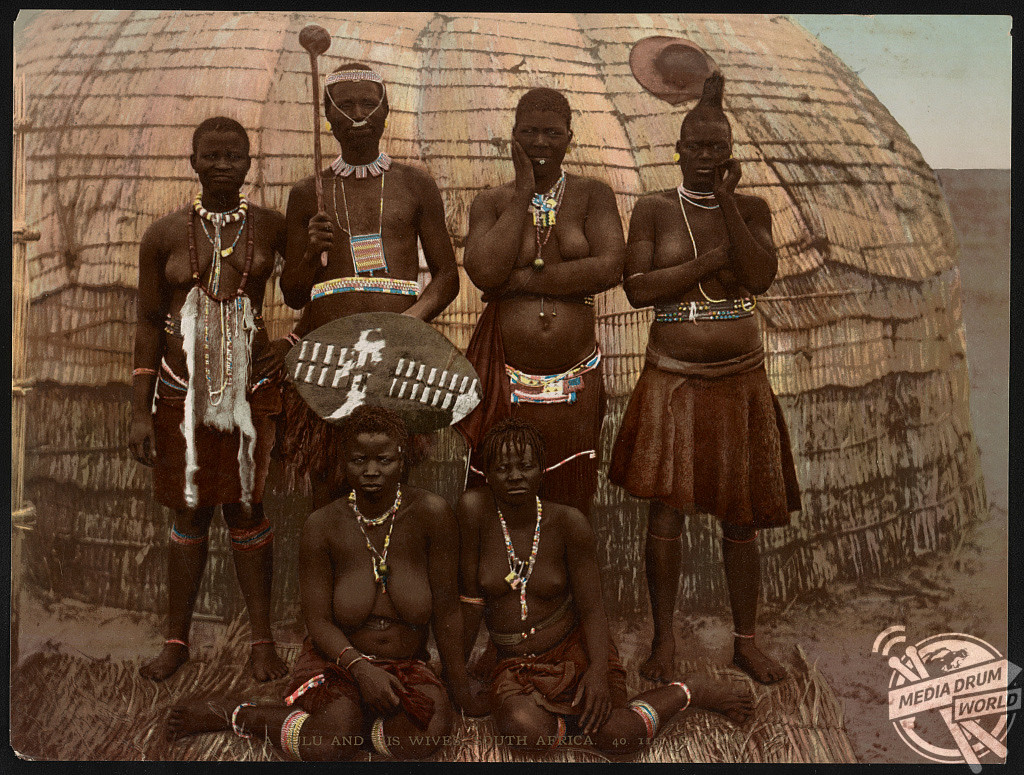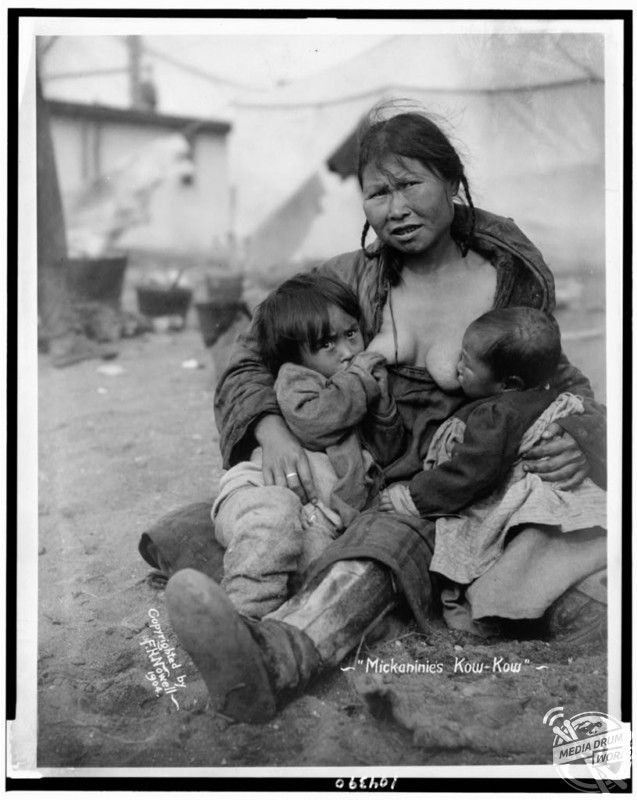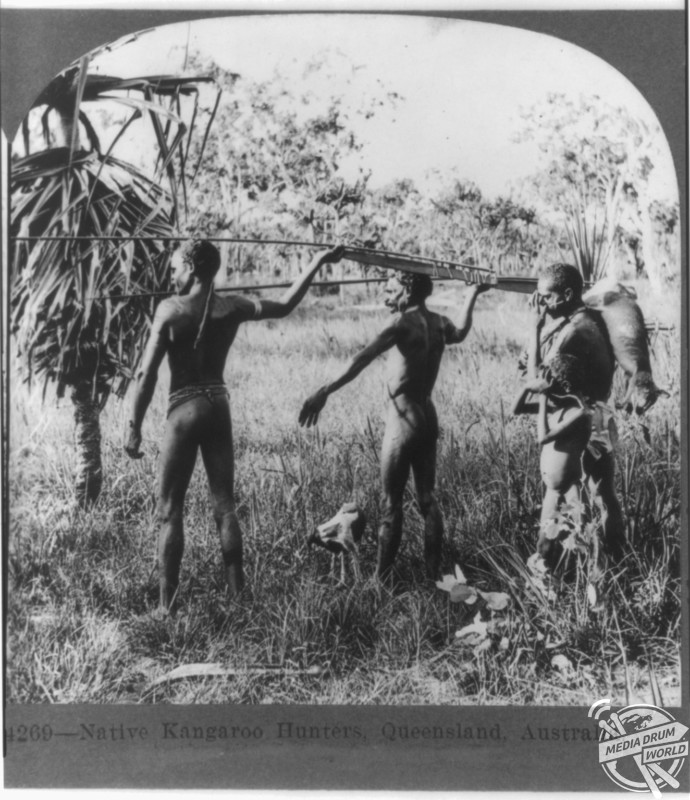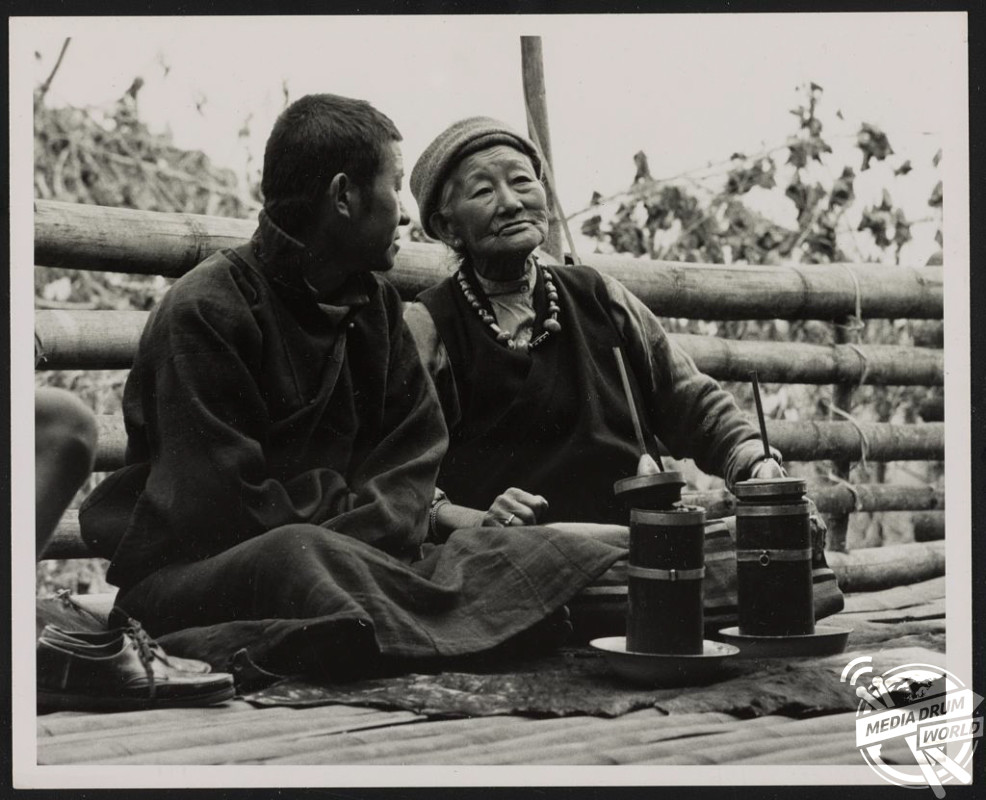By Ben Wheeler
FASCINATING photos and video footage showing Indigenous communities from around the world have come to light on the tenth anniversary of the United Nations’ Declaration on the Rights of Indigenous Peoples.
However, indigenous people did not always have these same rights as the historic film from 1930’s America reveals how Native Americans were encouraged to cut down forest their ancestors would have hunted in.

Other footage shows the beginnings of a modern world being imposed on Native American communities, who seem to have little choice but to integrate into the recent migrants’ way of life as houses and industry spring up around them.
Alternatively, the still images show native people across various continents including North America, Asia, Africa and Oceania going about their day to day lives. Included in the snaps is an amusing picture of Native Americans getting to grips to a bicycle and Aboriginal Kangaroo hunters in Queensland, Australia.

Others in the collection reveal an Inuit woman breastfeeding her two children simultaneously whilst Tibetan monks can be seen picketing in America against the actions of the Chinese regime in their homeland.
The United Nations Declaration on the Rights of Indigenous Peoples (UNDRIP) was adopted by the UN’s General Assembly on 13th September 2007 by a majority of 144 states in favour and four votes against, which came from Australia, Canada, New Zealand and the United States.

However, these four nations have since reversed their position and are now in support of the declaration which has established a universal framework of standards for the survival, dignity and well-being of indigenous people around the world.
There are over 370 million indigenous people around the world whose communities are among the most impoverished, marginalised and victimised on earth as many of them are not in-keeping with the modern times and now minority groups in their own lands.

Closing his address at the 2016 UN Forum on Indigenous Issues, Secretary General Ban Ki-moon stated that: “While much has been achieved, much remains to be done. For example, conflicts on lands and territories of indigenous peoples, and the lack of inclusion of indigenous people’s voices in peace processes remain a challenge.”







